Strategy creation framework
Step-by-step algorithm to creating a strategy for your business.
So, what is strategy creation? Let’s start with a definition.
Strategy creation is the process of formulating a clear and focused direction for a business by deeply understanding customer needs and leveraging unique strengths and differentiation to create a competitive advantage in the market.
How do you know you have a good strategy?
- It helps you do what your target customers want and are willing to pay for 10x better than anyone else.
- You don’t fight all the fights. A good strategy makes you say NO to many initiatives and to many customers who are not your target.
- It easily differentiates you from your competitors in the eyes of your customers.
- It addresses the diagnosis and then moves to the solution.
- It looks simple from the outside but is difficult to replicate because inside, the whole business operations are set up aligned with this strategy.
- It’s easy to remember and understandable to all employees.
- It answers the questions of WHAT to focus on and HOW to get to there.
According to Richard Rumelt (“Good Strategy. Bad Strategy”), a good strategy includes three components (called “kernel” by the author)
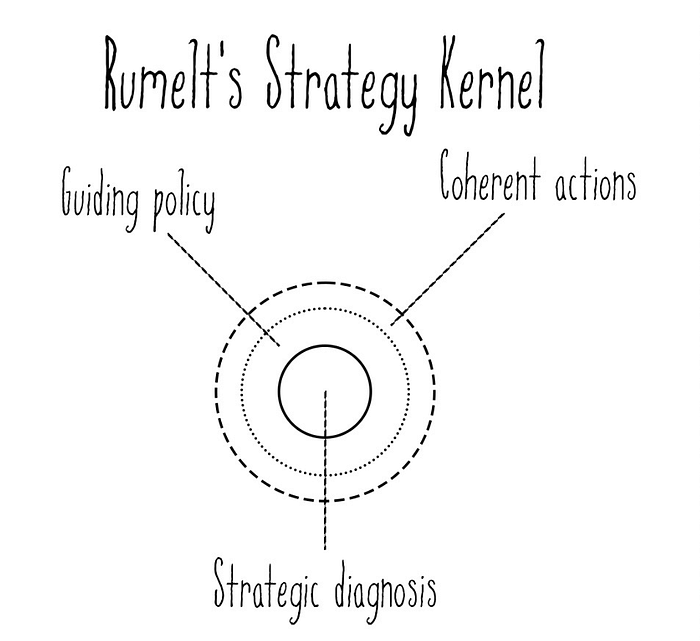
- A diagnosis — a hypothesis about the reason for the challenge that the company faces
- A guiding policy — a hypothesis about the solution to the challenge, and
- Coherent action — a hypothesis about what might help, e.g., a company’s response to the challenge.
Examples of good strategies:
- Southwest Airlines’ single-sentence strategy is “Wheels up,” a reminder that the company is only making money when its planes are in the air. Everyone works to keep the fleet on the ground for as short a time as possible. Pilots and attendants work with the ground crew to clean planes between flights. Passengers line up with no seat assignments and fill the plane as quickly as getting on a bus. All their planes are Boeing 737s, so crews and staff need to know only one type of aircraft.
- IKEA
IKEA’s original business strategy in a single sentence is “flat-pack furniture”. Ikea captured the international imagination by providing a wide range of well-designed and functional home furnishings at prices so low everyone can afford them since their flat-packed furniture ships so cheaply.
3C’s framework for seven principles of a “good” strategy creation process:
Customer Orientation:
1. Customer Understanding: Deeply comprehend customer needs, preferences, and pain points to tailor offerings and marketing.
2. Customer-Centric Culture: Foster a culture prioritizing customer needs, driving empathy, responsiveness, and innovation.
Core Insights:
3. Diagnosis & Focus: Identify critical challenges and opportunities, and create a focused strategy aligned with the company’s mission.
4. Strengths & Differentiation: Leverage unique strengths and capabilities for a competitive edge, providing distinct value to customers.
Continuous Improvement:
5. Experimentation & Adaptability: Embrace rapid experimentation and iterative processes to test assumptions, learn, and adapt.
6. Dynamic stakeholder influence: Apply strategic thinking to anticipate and influence competitor, customer, and stakeholder behavior.
7. Strategic Alignment: Ensure strategic choices reinforce each other, and communicate the strategy effectively across the organization.
Seven Steps to Formulating Strategy
Step 1. Set goals: “Mind the gap”
Have a clear understanding of the starting point, the desired outcome, and the gap in between.
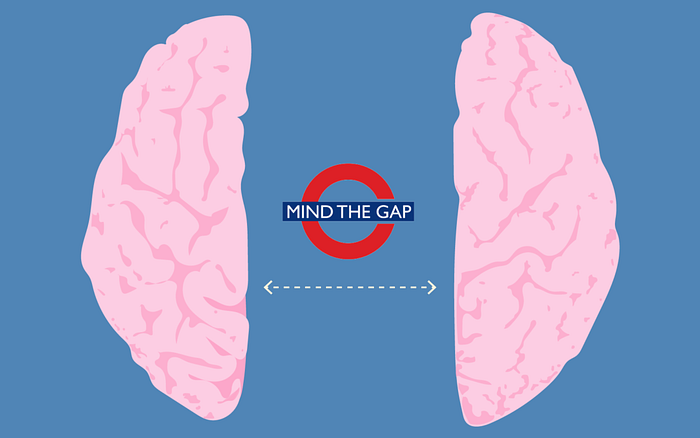
1.1 Define Point A
Current financials
a. What are our current revenue and profitability figures?
b. How are our financials performing compared to our initial projections and industry benchmarks?
Growth dynamics
a. What is our current growth rate, and how does it compare to previous periods?
b. Which factors or business segments are driving the most growth for our company?
Current strategy
a. What is our current strategy? How well did it serve us in achieving our objectives so far?
b. Are there any gaps or challenges in our current strategy that need to be addressed to sustain growth and competitiveness going forward?
1.2 Define Point B. Describe the gap and why we cannot get from PointA to PointB just by doing business as usual.
Target financials
a. What are our target revenue and profitability figures for the next 2–3 years?
b. How do these targets compare to our current financials and industry benchmarks?
Target growth dynamics
a. What is our desired growth rate for the next 2–3 years and beyond, and how does it compare to our current growth rate?
b. Which factors or business segments do we expect to drive the most growth for our company during this period?
Gap description
a. If we continue business as usual, how far from the target financial goals we end up?
b. What are the key challenges or obstacles that might prevent us from achieving our target growth and financials?
c. Are there any changes in the market landscape or competitive environment that could impact our ability to reach Point B?
d. Do we have any internal limitations or weaknesses that might hinder our progress toward Point B if not addressed?
Deliverables of Step 1: description of the gap between Point B and Point A.
Step 2. Diagnose: External factors. Identify critical challenges and opportunities
2.1 Customers Analysis:
a. Who are our target customer segments, and what are their key needs and pain points?
We suggest segmenting your customers by persona types, by geography, by value, by AOV, or any other criteria which make sense for your business.

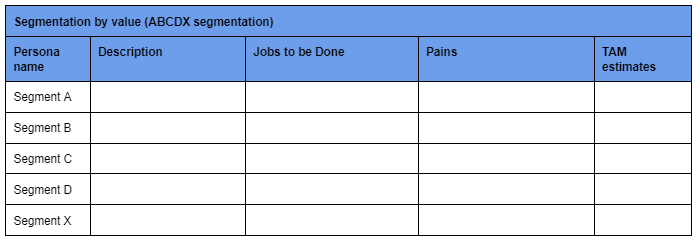
The essence of the ABCDX framework is to help us divide our segments/personas into segments where we have the strongest product market fit and segments where we don’t’. In addition, it helps us define Segment X — the ideal customers we have yet to serve.
- Segment A — the product is super needed, with little struggle during the buying process and high retention.
- Segment B — the product is needed, objections appear, and something is missing.
- Segment C — there is a need for a solution, but not ours. Our product does not help them much. The sales cycle is long, the average check is small, they fall off easily, and they torment salespeople and support.
- Segment D — give headache to sales/support, and do not buy,
- Segment X — potentially can be A segment, but our current product does not suit them.
b. How satisfied are our current customers with our products/services, and what areas need improvement?
c. What are the main drivers of customer acquisition, retention, and churn for our business and in our industry overall?
2.2 Competition & Alternatives:
a. Who are our main competitors, and what are their strengths and weaknesses relative to ours?
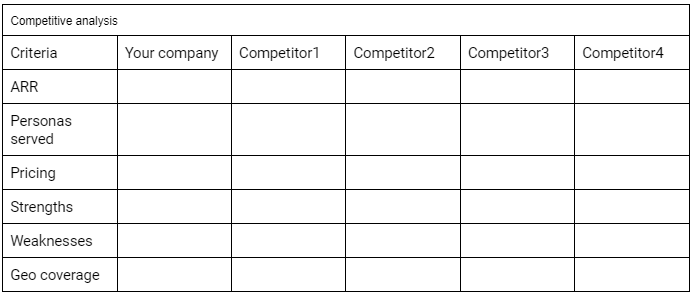
b. What competitive advantages do we have, and how can we leverage them to grow our market share?
c. What are the potential risks and challenges that we can identify associated with our competitors that may impact our market position or growth? How do their strengths, resources, or strategies pose threats to our business?
d. Are there any alternative solutions or emerging players in the market that could disrupt our industry?
2.3 Trends: Threats & Opportunities:
a. What are the key industry trends, macroeconomic or technology-related factors that could impact our business in the short and long term?
b. How can we capitalize on these trends to drive growth and create value for our customers?
c. Are there any potential threats/risks arising from these trends that we need to be aware of and prepare for?
Deliverables of Step 2: list of core insights regarding external factors driving growth by creating value for customers while considering trends and the competitive environment
Step 3. Diagnose: Internal factors
Identify strengths & weaknesses.
3.1 Strengths
a. What are our core competencies and unique selling propositions that differentiate us from competitors?
b. In which areas of our business do we consistently outperform our competitors?
c. What resources, assets, or capabilities do we have that can be leveraged to drive growth and create a competitive advantage?
3.2 Weaknesses
a. In which areas of our business do we consistently underperform compared to our competitors?
b. What are the key challenges or limitations that we face in terms of resources, capabilities, or processes?
c. Are there any gaps in our product or service offerings that could hinder our ability to meet customer needs and compete effectively?
Deliverables of Step 3: list of core insights regarding differentiators based on strengths while considering weaknesses
Step 4. Define “WHAT” statements.
These statements can be defined as strategic objectives or goals for a company. They can be focused on growth, customer satisfaction, trust building, independence, service popularity, and market expansion. The best “WHAT” statements are external facing targeting customers and markets, but considering key differentiators based on strengths.
The template for formulating these strategic objective statements can be structured as follows:
[Action verb] + [specific objective or target] + [context or scope] + [measurable outcome or success criteria, if applicable]
Examples:
- Increase customer satisfaction by offering a wider range of products at competitive prices
- Expand the company’s presence in international markets by entering at least two new countries within the next two years.
- Start with defining a long list of “WHAT” statements — whatever comes to mind.
- Make a short list of 3–5 “WHAT” statements ranked by Impact (Sizing of the opportunity if successful), Certainty (Likelihood that Impact is estimated correctly), Easiness (high-level estimate of the complexity of achieving the objective given strength and weaknesses)
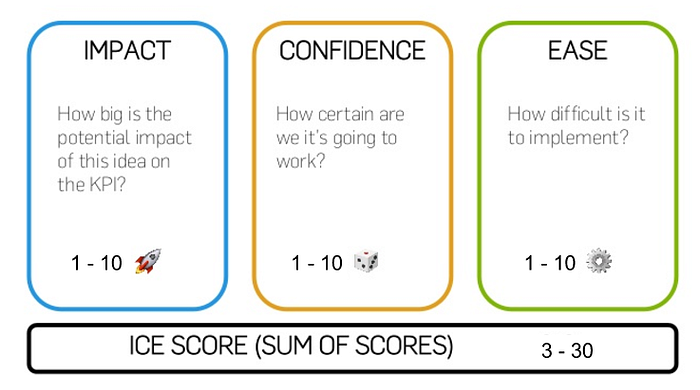
Deliverables of Step 4: a short list of “WHAT” statements
Step 5. Distill into a concise message — a tagline
It should be easy for all employees and stakeholders to understand, remember and communicate.
- Identify the common theme: Look for a central theme or overarching concept that ties together the various objectives. This theme should resonate with the core values, mission, and vision of the company.
- Craft a concise message: Develop a simple and memorable message or tagline that captures the essence of the common theme. This message should communicate the strategic direction of the company in a way that is easy for everyone to understand.
- Test and refine: Share the one-sentence strategy with a small group of team members or stakeholders to gather feedback. Use their insights to refine the message and ensure it effectively communicates the intended strategic direction.
For example, Southwest Airlines’ “wheels up” strategy succinctly conveys its focus on minimizing aircraft turnaround time and maximizing operational efficiency, which are key factors in their low-cost business model. By following these steps, you can create a short, memorable one-sentence strategy that encapsulates your strategic business objectives and resonates with your team.
Deliverables of Step 5: strategy tagline
Step 6. Define key initiatives
6.1 Prioritize key initiatives:
a. Categorize initiatives into “business as usual” (Impact: any, Certainty: Med-High) and “big bets” (Impact: High, Certainty: Low-Med).
b. Evaluate each initiative based on its potential impact, level of certainty, and complexity.
c. Select a balanced mix of initiatives to pursue, considering both “business as usual” and “big bets” as well as low complexity and high implementation complexity
6.2 Assign OKRs to all selected initiatives
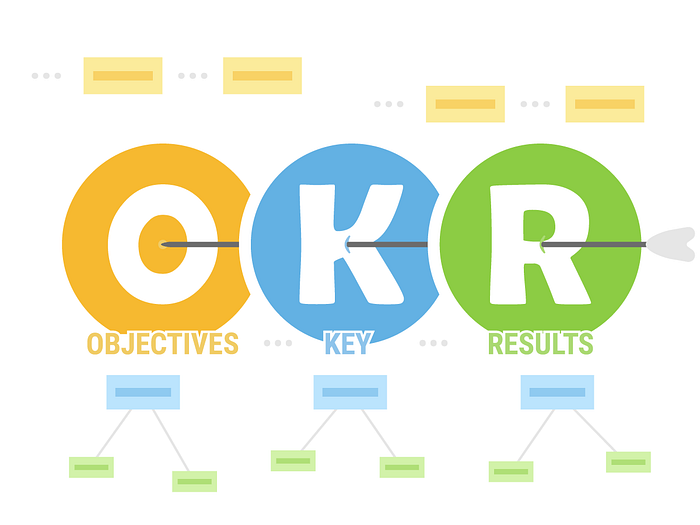
6.3 Assign responsible for each initiative
6.4 Allocate resources for each initiative
Deliverables of Step 6: a prioritized list of key initiatives
Step 7. Set up for implementation and continuous improvement
7.1 Create a strategic implementation plan
a. Outline a roadmap for the execution of key initiatives, including milestones, timelines, and resources needed.
b. Establish clear roles and responsibilities for team members and stakeholders involved in each initiative.
7.2. Implement analytics for OKR tracking and interpretation
a. Establish a robust analytics framework to effectively measure and monitor progress on each OKR set out in Step 6.
b. Ensure that the chosen analytics tools and techniques are capable of providing accurate, actionable insights into the performance of each initiative.
c. Train team members to use the analytics tools effectively, enabling them to understand and interpret the data to make informed decisions.
d. Regularly review and analyze the data to identify trends, strengths, and areas for improvement, allowing for data-driven adjustments to the initiatives as needed.
7.3 Foster a culture of continuous improvement
a. Encourage open communication and collaboration across the organization to share ideas, feedback, and best practices.
b. Implement regular reviews of progress and performance, adjusting the strategy as needed based on new insights or changes in the business environment.
7.4 Provide ongoing training, support, and recruitment
a. Ensure team members have the necessary skills and knowledge to execute the strategy effectively.
b. Offer ongoing training, coaching, and resources to help employees develop and grow in their roles.
c. Identify any gaps in talent or expertise needed for successful strategy implementation and recruit new team members accordingly.
7.5 Communicate the strategy effectively
a. Ensure all employees understand the strategy, its importance, and their role in its implementation.
b. Share updates and success stories regularly to maintain engagement and enthusiasm around the strategic direction.
7.6 Monitor external factors and adapt as needed
a. Stay informed about changes in the market, industry trends, and competitor activities that could impact the effectiveness of your strategy.
b. Be prepared to make adjustments to your strategy in response to new opportunities or challenges that arise.

Deliverables of Step 7:
1. Strategic Implementation Plan Document: Outlines roles, responsibilities, resource allocation, and a roadmap for the execution of key initiatives.
2. Analytics Dashboards: a set of tools for OKR tracking and performance monitoring, with relevant team members trained in its usage.
3. Continuous Improvement Meeting Schedule: Regularly planned meetings to review progress, performance, and share ideas or feedback.
4. Training and Recruitment Plan: A documented strategy for ongoing training, support, and targeted recruitment to fill talent gaps and enhance skill sets.
5. Internal Communication Strategy: A plan outlining how the strategy, updates, and success stories will be effectively communicated to all employees.
6. External Factors Monitoring Report: A periodically updated document that analyzes market changes, industry trends, and competitor activities, with recommendations for strategy adjustments as needed.
Sources:
- Alex Zaretsky — https://www.linkedin.com/in/alexzaretsky/
- Books on Strategy:
- “Good Strategy Bad Strategy” by Richard Rumelt: This book emphasizes the importance of a clear and coherent strategy by distinguishing between good and bad strategic practices. It provides practical guidance on how to create and execute a compelling strategy.
- “Playing to Win” by A.G. Lafley and Roger L. Martin: This book introduces a five-step framework for creating a winning strategy, developed by Procter & Gamble’s former CEO A.G. Lafley and renowned strategy consultant Roger Martin. The framework is designed to be accessible and applicable across various industries.
- “Blue Ocean Strategy” by W. Chan Kim and Renée Mauborgne: This book presents a groundbreaking approach to strategy development that focuses on creating new market spaces and making competition irrelevant. It provides tools and techniques for identifying untapped opportunities and redefining industry boundaries.
- “The Art of Strategy: A Game Theorist’s Guide to Success in Business and Life” by Avinash K. Dixit and Barry J. J. Nalebuff: This book applies game theory principles to strategic decision-making in business and personal contexts. It offers practical insights and examples to help readers better understand and navigate strategic interactions.
- “Competitive Advantage: Creating and Sustaining Superior Performance” by Michael E. Porter: This classic book by Harvard Business School professor Michael Porter introduces the concept of the value chain and discusses how companies can create and sustain competitive advantage. It provides a comprehensive framework for analyzing industries and competitors and designing effective strategies.
